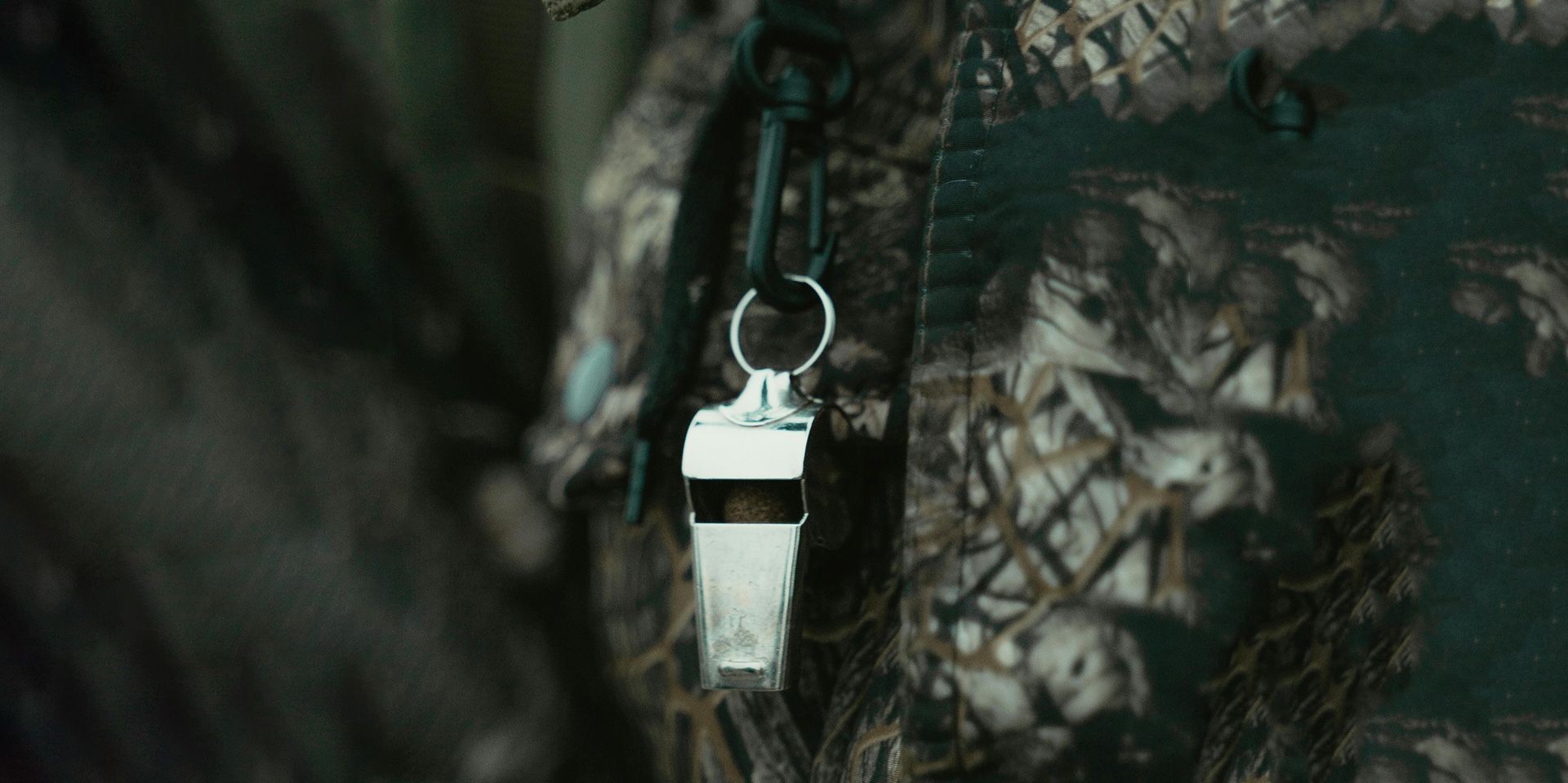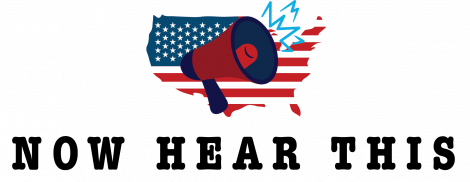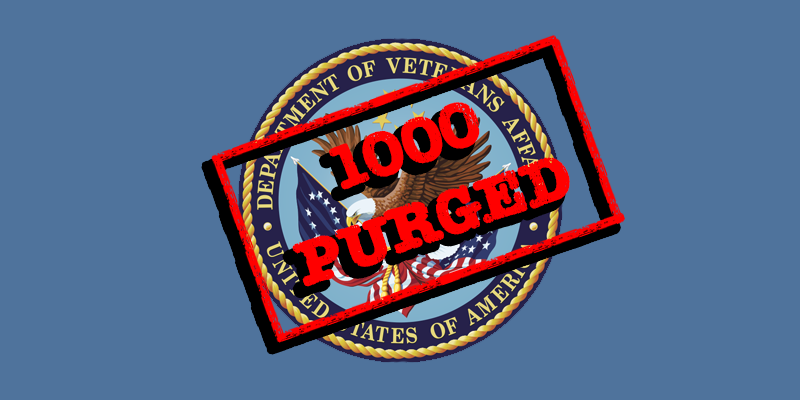Publisher's Corner

Guest Viewpoint
The American Foundation for Suicide Prevention and Zero Suicide - Meet the Staten Island Military, Veteran, Family (SMVF) Task Force!
Continuing a Tradition - Whistleblowing in the Military

When Jerry Ashton, a Navy veteran and military journalist, accepts the "Pillar" award at the 13th Annual Whistleblower Summit and Film Festival Awards event at the National Press Club in Washington, D.C., on July 30, he will join a distinguished lineage of truth-tellers whose courage has shaped American institutions.
Earlier in his career, as co-founder of RIP Medical Debt, and through today, Ashton and the Undue Medical Debt team have helped forgive over $20 billion in medical debt for 10 million Americans. His latest venture, End Veteran Debt, targets and answers the VA's systematic denial of billions of dollars in veteran medical claims. Through EVD, veteran medical debt, predatory debt, and debt of necessity will be equally erased both nationally and locally.
People at the Whistleblower Summit identify these efforts as “whistleblowing.” Ashton describes it as “just doing my job. One and the same.”
Exactly what is that job? Ashton answers, “Succinctly, it’s putting to work the admonition, 'If you see something, say something.’ I simply added, ‘And then, do something.’ For me, that’s the Important part.”
His story illuminates a fundamental tension in organizational resistance: When is it appropriate to blow the whistle openly? What if that might mean job loss, or in the case of the military, court martial and brig time?
The Whistleblowing Tradition
Whistleblowing—the formal disclosure of wrongdoing within organizations—has deep American roots. The practice began with Samuel Shaw and Richard Marven in 1777, two naval officers who reported the torture of British prisoners by the ship’s captain to the Continental Congress.
This case established both the nobility and peril of speaking truth to power, as the officers faced retaliation through libel suits. Thus motivated, in 1778 the Continental Congress enacted the world's first whistleblower protection law.
Today’s whistleblowing has evolved into a sophisticated form of resistance that can reshape entire systems, exemplified by Daniel Ellsberg's 1971 release of the Pentagon Papers, which exposed government deception about the Vietnam War, and Frank Serpico's testimony about NYPD corruption, which revolutionized police accountability.
More recently, Chelsea Manning's disclosure of military documents to WikiLeaks and Edward Snowden's revelations about NSA surveillance programs have sparked global debates about transparency, national security, and democratic governance.
The Sabotage Alternative
That’s the sticky one.
When formal channels fail or pose too great a risk, some individuals turn to sabotage, deliberate disruption of organizational processes to expose wrongdoing or resist harmful practices. Unlike whistleblowing's public disclosure, sabotage operates in the shadows, using organizational vulnerabilities to create pressure for change.
The complex legacy of whistleblowing.
During World War II, resistance movements employed sabotage effectively against occupying forces, targeting key infrastructure such as factories, railroads, and military installations. But sabotage also has workplace origins: the term derives from French railway workers who destroyed the wooden shoes ("sabots") that held rails in place during a 1910 strike.
In times past, our own government recommended its use.
Contemporary workplace sabotage ranges from subtle resistance, such as the workers documented in "Sabotage in the American Workplace," who shortened their shovels when wages were cut, declaring, "Small pay, small shovel,” to more dramatic acts. Recent research documents workers disabling, abandoning, or destroying workplace robots in response to automation threats, wage cuts, and privacy violations. (Could AI be next?)
Ethical and Practical Distinctions
The fundamental difference between whistleblowing and sabotage lies in their relationship to transparency and accountability. And purpose.
Whistleblowing seeks to inform the public or relevant authorities about wrongdoing, operating within—or attempting to expand—legitimate channels of accountability. Sabotage, by contrast, disrupts operations without necessarily providing information that enables external oversight.
This distinction matters for several reasons.
First, whistleblowing can build public support for reform by educating citizens and policymakers. How important is that work? This year’s theme of the Whistleblower Summit is “Whistleblowers – Now More Than Ever.”
Chelsea Manning's releases contributed to the Arab Spring by exposing government corruption, while Snowden's disclosures sparked global conversations about surveillance and privacy rights. Sabotage rarely generates such broad awareness.
Second, legal protections differ dramatically. While whistleblower protections remain inadequate—as evidenced by Manning's initial 35-year sentence and Snowden's ongoing exile—they exist. Sabotage typically lacks legal justification and carries criminal penalties.
Yet sabotage may represent the only viable option for those lacking the privilege to engage in public whistleblowing. Not everyone can risk career destruction, legal prosecution, or personal safety that whistleblowing often entails. Military personnel face court-martial; corporate employees risk blacklisting; government contractors may lose security clearances.
In these circumstances, subtle sabotage might serve as a pressure valve, creating organizational costs that incentivize reform without requiring public disclosure. The worker who "accidentally" crashes a machine producing defective goods, or the employee who strategically misplaces documents authorizing harmful activities, operates in a moral gray area where conventional ethics meet the need to survive.
Contemporary Challenges
On July 29, the Summit and Film Festival will host a day-long event featuring panels that address the theme from various angles and perspectives.
Ashton's panel on "Continuing a Tradition – Whistleblowing in the Military" highlights these tensions within military institutions, where traditional hierarchy clashes with democratic transparency. The military's resistance to document disclosure, both public and military, about anti-democratic infiltration and illegal political pressures creates environments where both whistleblowing and sabotage may emerge as responses to institutional failure.
The Path Forward
Both whistleblowing and sabotage represent symptoms of organizational failure rather than preferred solutions. Healthy institutions – and this concerns the military - create multiple channels for addressing concerns, protect those who raise them, and respond constructively to criticism. When these systems fail or, worse, do not exist, individuals face impossible choices between complicity and resistance.
The sad and inescapable reality is that truth-telling remains "thankless" and dangerous. The challenge lies in creating systems that are resilient and robust enough to welcome criticism and transparent enough to render shadows unnecessary.
The social compact still rules. If you see something, say something.
For more details and free event registration, go here.





